Introduction
The Indian Armed Forces have a sterling record on ecological conservation - stabilisation of sand dunes, afforestation of the Thar Desert, managing watersheds in Himachal and Uttarakhand or reclaiming the barren Mussoorie hills, mines, in Delhi - all of these projects have been carried out by with military-like work culture and commitment. The Army, in particular, has contributed to the conservation of nearly extinct species in wildlife - the Great Indian Bustard, The Ring -necked Crane and the snow leopard. The forces have been in the forefront in the fight to save the planet.
The Ecological Task Force battalions of the Territorial Army (TA) have been raised to execute specific ecology-related projects by enrolling ex-servicemen and have created history with their success stories.
The Indian Air Force has made a beginning with experimenting with use of biofuels for their transport aircraft. The Indian Navy has undertaken numerous projects for the cleaning of the beaches, protection of mangrove swamps, marine life and corals.
It is time for the Armed Forces to now make a mark by taking steps to contribute to the environment by reducing their carbon foot-print where they can, without compromising on their operational efficiency.
There are many areas, particularly in peace stations and bases where substantial measures can be taken to reducing carbon emmissions, using cleaner energy, energy savings through better building designs, efficient transportation, heating & lighting methods, recycling waste and such other measures.
Aim
The aim of Energy Strategy for the Armed Forces is to enable information exchange on best practices and technologies for advancing energy efficiency in the military. The thrust is to find ways and means to make the military less dependent on fossil fuel and to increase the effectiveness and improve the security of future military missions, while reducing the military’s carbon footprint.
The event will bring together numerous experts from military, industry and academia and create the platform to present the expertise, discuss lessons learned. The virtual exhibition will offer an opportunity for companies to present their innovative energy efficiency technologies.
Scale of the Problem
The climate costs of mobilizing military assets and personnel—including movement of manpower, millions of tons of hardware and equipment, food supplies and related services - is huge.
Vast swathes of military are big carbon emitters – tanks, trucks jet planes, much of the navy except nuclear-powered submarines. The military's carbon "boot" print comes from production of military equipment, energy use at military bases (energy use, food, waste management) and vehicle use (aircraft, marine vessels and land vehicles). The impact of war on the environment is entirely different level of concern. This does not include emissions of contractors and suppliers.
Training of the Armed Forces is large in scale involving movement over long distances, using live ammunition and explosives, transport and combat vehicles. There is increasing scope for employing Artificial Intelligence (AI), Augmented Reality & Virtual Reality-based simulators to reduce the impact through realistic simulated training, while not completely replacing live exercises and training. It is now possible to create realistic scenarios indoors - by day and night - for all arms and services to train and to exercise procedures without producing pollutants.
The Iraq war was responsible for 141 million tonnes (MT) of carbon releases in its first four years, according to an Oil Change International report. On an annual basis, this was more than the emissions from 139 countries in this period, or about the same as putting an extra 25m cars on the roads for a year. Spending on the Iraq war could cover all global investments in renewable energy needed to halt global warming trends in the period to 2030.
A long-range bomber produces 251 tonnes CO2e per mission. A fighter bomber 28 tonnes CO2e per mission. The average freight truck emits 161.8 grams of CO2 per ton-mile.
Armed Forces and Climate Change
Today, each country is required to render reports to the UN on their emissions, but these exclude any fuels purchased and used by the military. As a result it is still difficult to calculate the exact responsibility of the world’s military forces for greenhouse gas emissions.
Armed forces of countries around the world will no longer be automatically exempted from emissions-cutting obligations under the UN Paris climate deal, when enforced. Decisions will be left to nation states as to which national sectors should make emissions cuts before 2030. Exemptions can only be sought through legislative exemption.
While the atmosphere counts the carbon from the military, it is politically inconvenient to reduce military emissions.
In many countries, activities including intelligence work, law enforcement, emergency response, tactical fleets and areas classified as national security interests are also exempted from reporting obligations.
The Need to Discuss Solutions
The beginning point could be an audit of the carbon footprint of the Armed Forces so that scale and dimensions of the problem can be understood, a long term plan can be worked out and progress can subsequently be measured.
Some countries have launched strategies and adopted measures to reduce the carbon footprint of their military. Many have set targets to be achieved in the next 10 and 20 and 30 years.
Solutions must be discussed so that they can be incorporated in the planning of habitat, construction of buildings, operational functioning and training, General Staff Qualitative Requirements of some of the equipment, and allocations of financial support to implement the schemes.
While it is recognised that energy security should not impede the forces from performing their primary mission, the importance of energy efficiency for the conduct of military operations has come to the fore over the past decade. The weight of batteries to power the wide range of electronic equipment used by the military adds a substantial burden to soldiers. Moreover, fuel convoys are vulnerable to attack.
We must examine whether new technologies allow us to change the way we plan our missions, procure equipment, and conduct campaigns. The possibilities are endless - Solar power, hybrid power and microgrids for bases, better insulation for soldiers' habitat in extreme cold areas, fuel cells to power the equipment of individual soldiers, biofuels for military vehicles and so on.
Atmospheric water generator, intelligent power storage and management system, tents lined with insulation material, photovoltaic solar panels, light-emitting diode (LED) lamps, hydrogen fuel cell that produces electricity could replace diesel generators.
Role of Industry
Enhancing energy efficiency in the military focuses on reducing the energy consumption of military vehicles and camps, as well as minimising their environmental footprint. Energy-saving logistics solutions must come from private companies that can contribute equipment and expertise for ‘smart energy’ production, storage, distribution and consumption. Public sector experts from ministry of defence and universities have a role to play.
SPONSOR
PROGRAMME DAY 1 - FRIDAY, 23 APRIL 2021
SESSION 1 – INAUGURAL SESSION (09:30 – 10:10 hrs)
Welcome Address Lt Gen Sunil Srivastava, AVSM, VSM**, Director, Centre for Joint Warfare Studies
Inaugural Address Lt Gen CP Mohanty, PVSM, AVSM, SM, VSM, Vice Chief of the Army Staff
Keynote Address Lt Gen MKS Yadav, SM, Director General Supplies & Transport, Army HQ
Industry Perspective Col KV Kuber, Director Defence & Aerospace, Ernst & Young.
SESSION 2 – SMART MATERIALS FOR ENERGY & ENVIRONMENT (10:15–11:40 hrs)
Solar Energy, Photovoltaic Materials and Devices, Electric Vehicles, Batteries and Fuel Cells.
Chairperson: Air Vice Marshal S Ramakrishnan, AVSM, VSM, ACAS (MP) Air HQ.
1015 – 1025 hrs Introductory Remarks by the Chairman.
1025 - 1035 hrs Sh Parvin Kumar Singh, Sc F, Fuel Cell Technology Dte, NMRL, DRDO. “Current developments in fuel cell technology.”
1035 - 1045 hrs Mr Chinnakonda S. Gopinath, Chief Scientist & Chairman, Catalysis & Inorganic Chemistry Div, CSIR-Nat’l Chemical Lab. "Energy Materials and Devices projects."
1045 - 1055 hrs Gp Capt Asheesh Shrivastava, CO 11 TETRA, IAF. “Alternative fuels.”
1055 - 1110 hrs Presentation by Industry speaker.
1110 - 1125 hrs Presentation by Industry speaker.
1125 - 1140 hrs Discussion / Q&A.
SESSION 3 – SOLUTIONS FOR MILITARY BASES AND DEFENCE INDUSTRY (11:45 – 13:20 hrs)
Materials for Environment, Materials & Technologies for Energy Conversion, Saving and Storage. Goals to reduce emissions, measures at manufacturing sites and processes.
Chairman: Brig Rajesh Bhanu, Deputy Director General, Army Design Bureau
1145 - 1155 hrs Chairman's Opening Remarks.
1155 - 1205 hrs Brig CPS Pasricha, VSM, Brig Combat Engrs, HQ South Western Command "Use of Renewable Energy and Conservation in the Army”
1205 - 1215 hrs Mr Apurba Majumdar, IOFS, DDG Engg Div, OFB : "OFB’s efforts to reduce green house gases.”
1215 - 1225 hrs Dr. Rajeev Varshney, Director, DIPAS. "Fuel efficient devices for troops habitat”
1225 - 1235 hrs Mr Manoj Karam, Head - Renewable Products & Solutions, Tata Advanced Systems Ltd. "Indigenous Fuel Cells".
1235 - 1250 hrs Presentation by Industry speaker.
1250 - 1305 hrs Presentation by Industry speaker.
1305 - 1320 hrs Discussion/ Q&A.
SESSION 4 – SOLUTIONS FOR THE ARMY, NAVY AND INDIAN AIR FORCE (14:30 - 16:45 hrs)
Special Talk: Lt Gen Tarun Kumar Chawla, AVSM, DG Financial Planning, Army HQ
Chairman: Lt Gen Basant Kumar Repswal, VSM, Commandant, ASC Centre & School
1445 - 1500 hrs Chairman's Opening Remarks.
1500 - 1515 hrs Sh V Kagdiyal, CGM (Fuel & Additives), IOCL “Emissions & Fuel Scenario - Past
Present & Future”
1515 - 1530 hrs Air Cmde Jagadeesh B Rane, VSM, AOC Operations Direction Centre, Air HQ.
"IAF's Energy Conservation, Energy Efficiency and Renewable Energy strategy”
1530 - 1545 hrs Capt Abhinand Ramakrishnan, Capt (Marine Engg), Naval HQ. “IN's Energy
Conservation, Energy Efficiency and Renewable Energy strategy.”
1545 – 1615 hrs Panel discussion.
1615 - 1630 hrs Closing Remarks: Lt Gen Sunil Srivastava, AVSM, VSM**, Director CENJOWS
1630 - 1640 hrs Vote of Thanks: Maj Gen Ravi Arora, Chief Editor, Indian Military Review.
PROGRAMME DAY 2 - SATURDAY, 24 APRIL 2021
Video Rebroadcast of Proceedings of 23 April 2021. Exhibition Open.


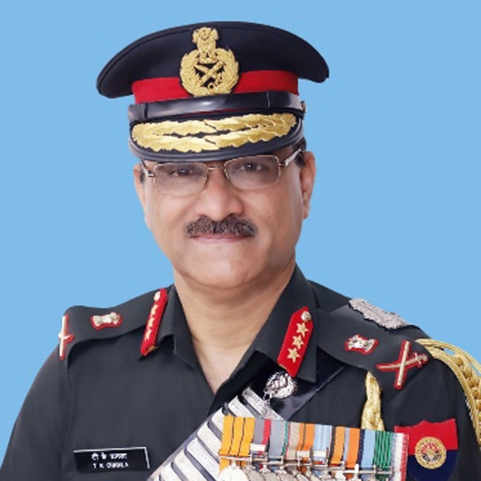
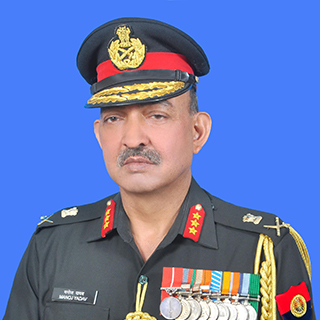
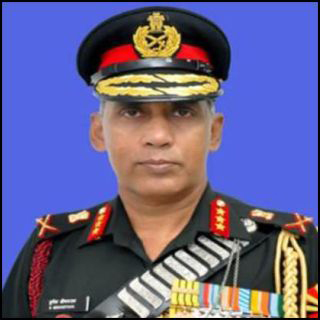


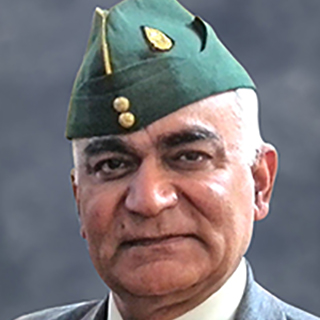
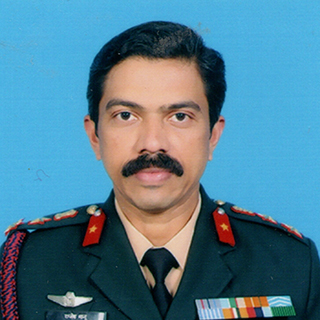
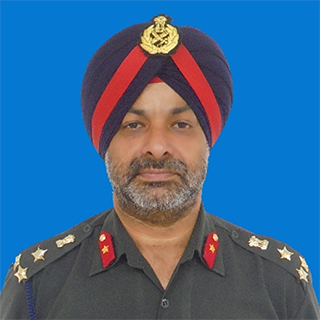

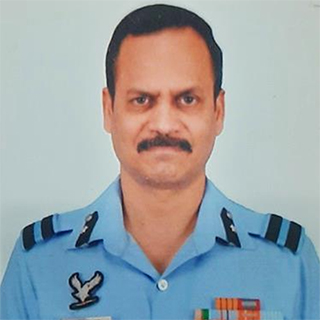
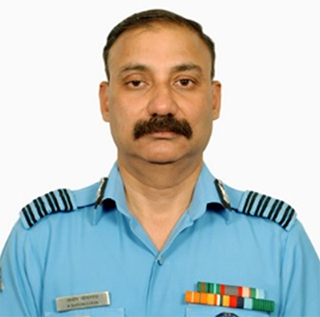


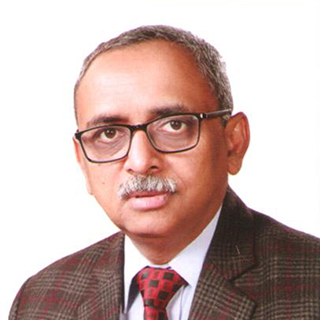
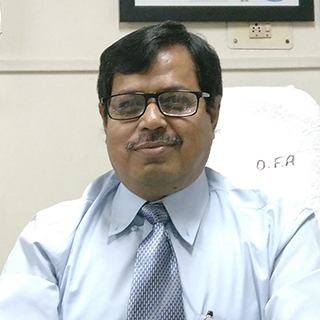
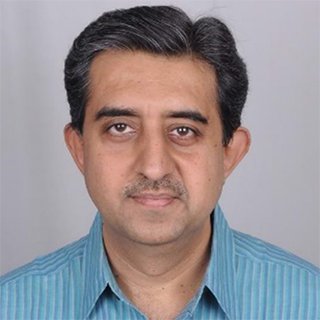

- Solutions for the Indian Air Force
- Bio-fuel blends
- Alternatives to ATF
- Technologies for fuel efficiency.
- IAF's Energy Conservation
- Energy Efficiency & Renewable Energy strategy
- Solutions for the Indian Navy
- IN's Energy Conservation
- Energy Efficiency & Renewable Energy strategy
- Solutions for the Indian Army
- Army's Energy Conservation
- Energy Efficiency & Renewable Energy strategy.
- Solutions for Military Bases and Defence Industry
- Materials for Environment
- Materials & Technologies for Energy Conversion,
- Saving and Storage
- Smart Materials for Energy and Environment
- Solar Energy - Photovoltaic Materials and Devices
- Electric Vehicles
- Batteries and Fuel Cells
- Other Efforts
- HMRL's (DRDO) work on fuel cell technology
- CSIR's Energy Materials and Devices Projects
- Goals to reduce emissions
- Measures at manufacturing sites and processes.
- E-in-C's Role in Use of Renewable Energy and Conservation
- OFB' efforts to reduce Green House Gases emissions
For Registered Users and Valid Pass Holders
Log-in with username "guest@mail.com" and password "guest"
If not already registered, buy a pass now from the options below.


